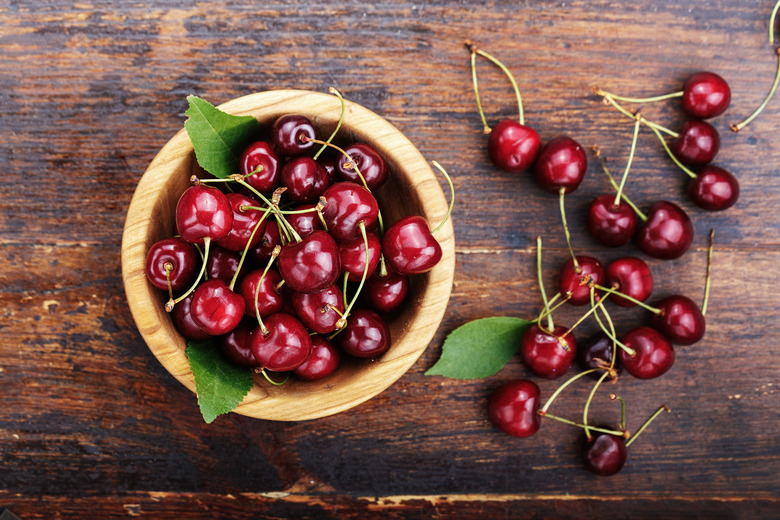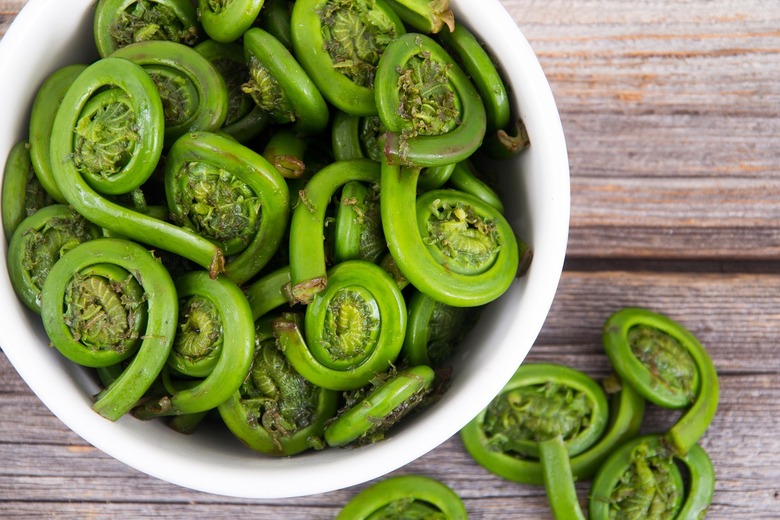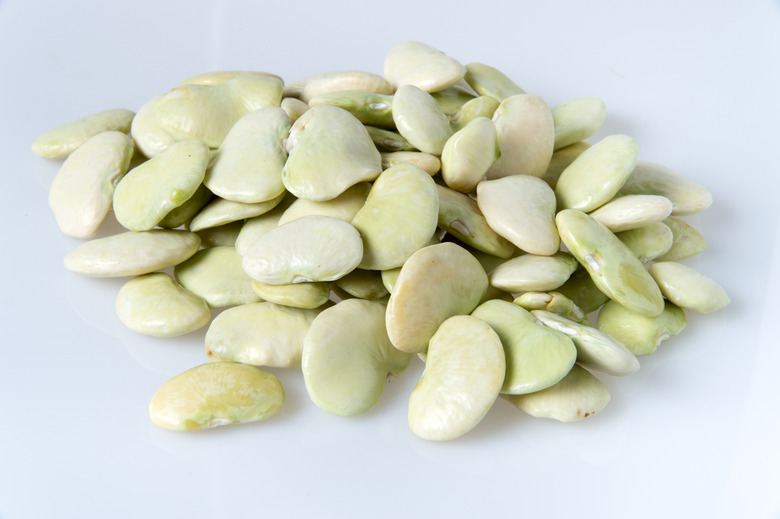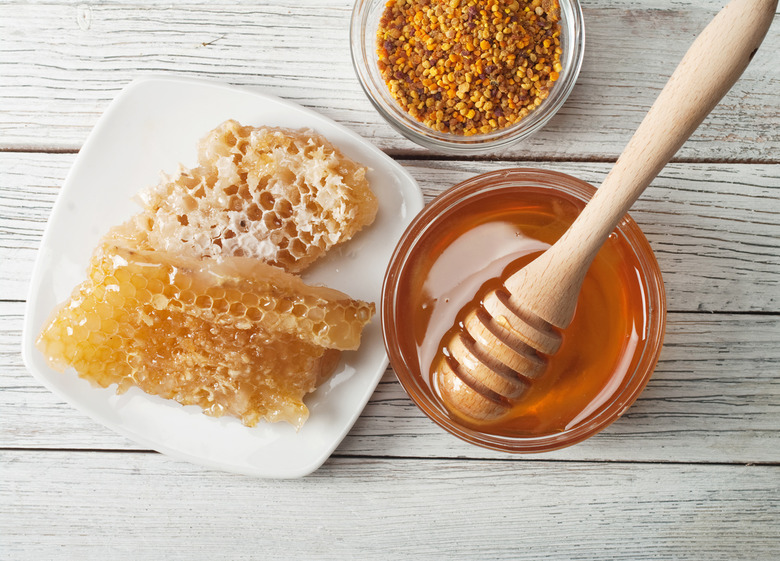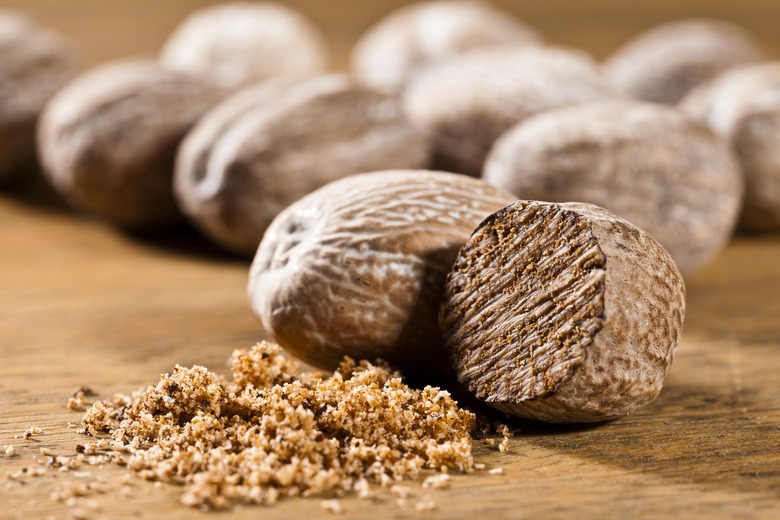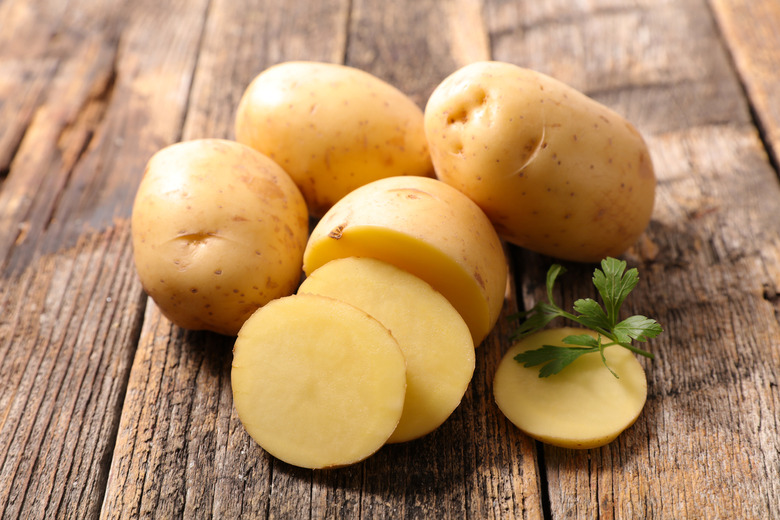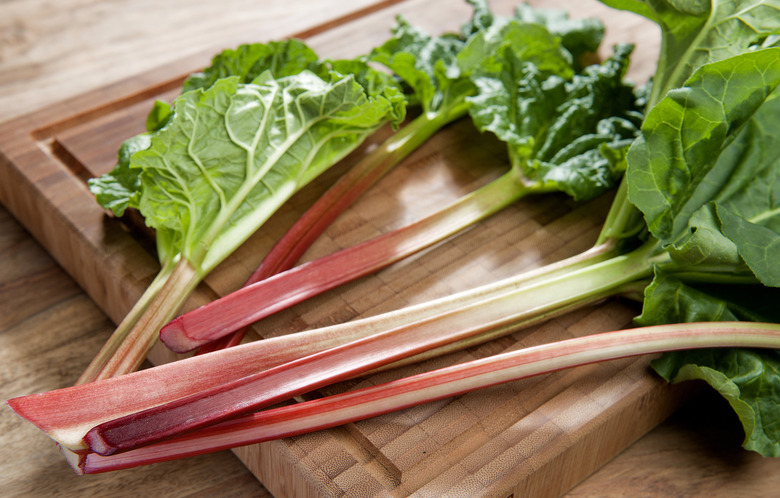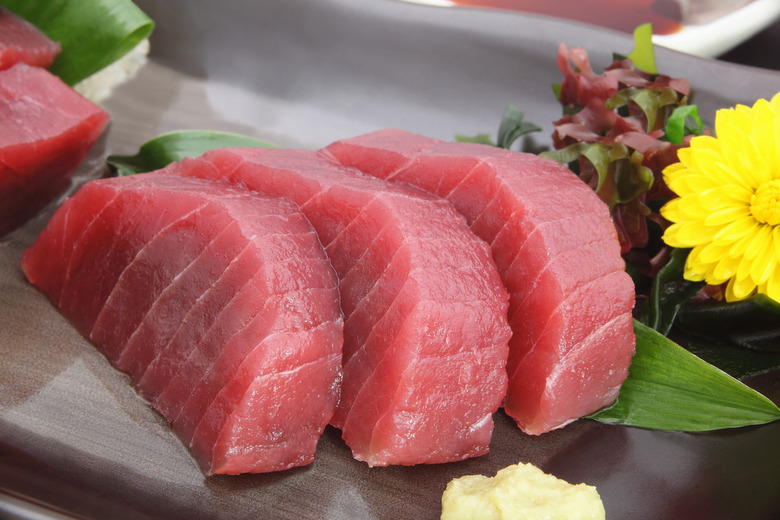11 Common Foods That Can Be Toxic
When it comes to food poisoning, we're aware of the usual suspects, like chicken not cooked thoroughly or bad salmon from a cheap sushi restaurant. Believe it or not, some foods you never even think twice about contain naturally occurring toxins that can be potentially harmful when consumed in large quantities. That doesn't mean you need to raid your fridge and pantry to throw away any of the following foods; it simply means you should be careful when ingesting and preparing them.
Ackee
Ackee is a popular food in Jamaica, where it's revered as the national fruit and is traditionally served with saltfish or salted pork. However, you likely won't find the fresh version of this fruit served in the United States because it's been banned by the FDA due to its hypoglycin levels. Hypoglycin is a naturally occurring amino acid that's toxic if ingested and causes what's known as Jamaican vomiting sickness, which can be fatal. As the fruit ripens over time, the hypoglycin levels drop to a safe range for human consumption. It's sold in the canned variety in the U.S. from approved facilities.
Almonds
Almonds are a popular snack food because of their protein-dense quality. But it's important to distinguish between the different varieties before adding them to your lunch bag. Raw bitter almonds contain glycoside amygdalin, a toxin that breaks down into several chemicals, including cyanide, when eaten. Ingesting more than 50 wild, raw bitter almonds can be potentially deadly. Sweet almonds — the more common variety — still have trace amounts of amygdalin but not enough to be harmful.
Fiddleheads
Fiddleheads are a delicacy during the spring season. The curled shoots are foraged from ostrich ferns (a type of plant) and cooked as a vegetable. Eating raw or undercooked fiddleheads can cause severe food poisoning that's likely brought on by an unidentified, naturally occurring toxin, but further research is needed to confirm. When cleaned, stored and cooked correctly, fiddleheads are safe for consumption.
Cassava
Cassava is an edible tuberous root that's commonly turned into flour and used in gluten-free products. The plant goes by many names, including tapioca and yucca. It's widely grown and consumed in Uganda and is considered a major source of carbohydrates in tropical areas. If prepared incorrectly or eaten raw, cassava can be dangerous. The root contains cyanogenic glycosides, which are chemical compounds that release hydrogen cyanide when broken down. Cyanide is a toxin that can be potentially deadly to humans and animals.
Lima Beans
Like cassava, lima beans also contain compounds that release cyanide when broken down. It's not a concern in the U.S. where lima beans (also known as butter beans) are regulated and must have less than 200 milligrams of cyanide, which the human body can detoxify. In other parts of the world, like Costa Rica, Mexico and Nigeria, lima beans have more cyanide. Cooking lima beans by boiling them in water or soaking them for 24 to 48 hours can reduce the risks associated with ingesting the legume.
Honey
Honey: we add it to tea, drizzle it over toast and even consume it by the spoonful to heal sore throats. But did you know that raw honey can be potentially harmful to humans? The honey produced by bees can sometimes originate from poisonous plants. If the concentration of poisonous flowering plants is high, the honey can accumulate a significant amount of toxins and cause what's known as "mad honey poisoning." If you buy honey from the grocery store, you don't need to worry. To produce commercial honey, massive amounts of the substance are pooled together. The process dilutes any present toxins. Raw honey that's obtained from local beekeepers may not undergo this process, and toxins and pollen grains may be present.
Nutmeg
Nutmeg is a spice that's commonly added to baked goods like pies and cookies. But ingesting two or three teaspoons of the ingredient can be potentially dangerous. Nutmeg contains a substance called myristicin, a psychoactive drug found in the spice's oil. In addition to myristicin, nutmeg also contains elemicin, another psychoactive ingredient. When both are ingested, myristicin and elemicin are more potent together than they are on their own. When used for cooking, nutmeg is very safe but ingesting large amounts can cause hallucinations, dizziness and vomiting.
Potatoes
Can you imagine living in a world without potatoes? The yummy starch has given us French fries, loaded soup, garlic mash, tater tots and more comfort iconic foods. But if you spot a smidge of green in potatoes, throw them away immediately. Stressful growing conditions or exposure to light can cause potatoes to develop chlorophyll, which turns them green. Chlorophyll, of course, is perfectly safe — but those same conditions lead potatoes to generate high levels of toxic solanine, which can cause fever, vomiting, diarrhea, slow pulse and more unpleasant symptoms.
Rhubarb
Rhubarb is the star ingredient in plenty of incredible dishes, like pie and bread pudding. Its vibrant color and tart taste make it perfect for early summer cooking. But despite its popularity, rhubarb contains oxalic acid, a compound found in bleach and other harsh substances. In high enough concentrations, the acid can potentially cause stomach and kidney problems. The leaves of rhubarb are fairly high in oxalic acid, but the stalks are safe to consume.
Cherry Pits
Don't panic if you've ever swallowed a whole cherry pit—accidents happen. The real concern comes from eating a cherry pit that's been broken open. Like the seeds of other stone fruits like plums, apricots, mangoes, nectarines and others, cherry pits contain compounds that can release cyanide when broken down. Swallowing the pits whole isn't dangerous but they should never be chewed or crushed up before ingesting.
Tuna
Fish is an important addition to your diet. It's high in protein, omega-3 fatty acids, vitamins and minerals. But certain fish, like tuna, should be consumed in small amounts. Tuna contains mercury, a neurotoxin that can cause muscle weakness, impairment of the senses and lack of coordination when consumed in excess. That doesn't mean you need to forgo your lunchtime tuna melt or tuna salad. Just keep in mind that the FDA recommends eating no more than six ounces of white tuna per week. Skip your extra dose of tuna and instead try bass, cod and more of the best types of fish to eat.
More from The Daily Meal:
Food Additives and Other U.S. Ingredients Banned in Other Countries
Foods and Drinks You Didn't Know Have Caffeine
Foods You Should Eat Every Day
Are Nonstick Pans Safe? And Other Kitchen Tool Questions, Answered
